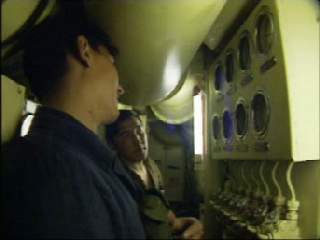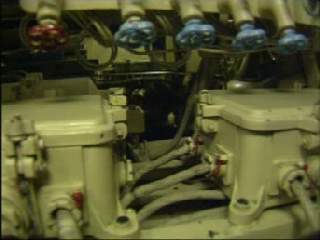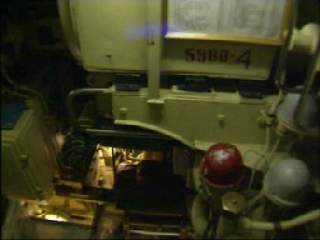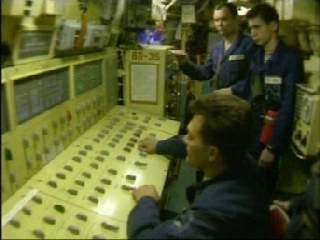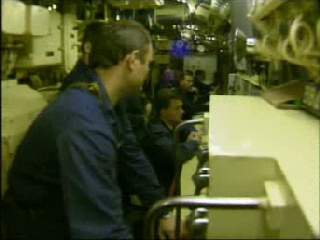In this rare footage, you can witness the gathering of families, friends, military personnel, and dignitaries. They are all united in grief and respect at the funeral of the Kursk submarine crew. This event was a significant Russian Navy disaster. The ceremonies, marked by deep sorrow and national mourning, offer a poignant insight. They show how the nation coped with the magnitude of this tragedy during the military funeral.
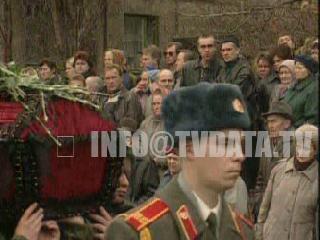
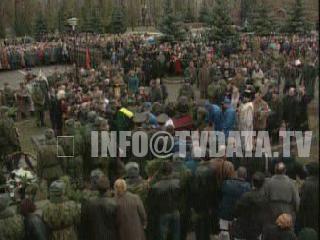
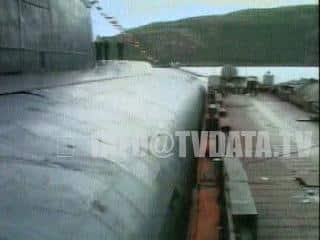
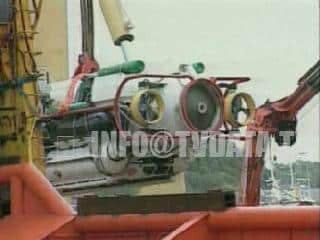
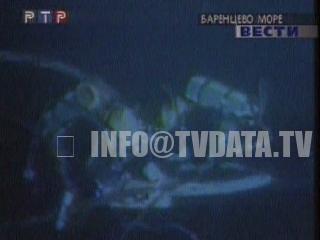
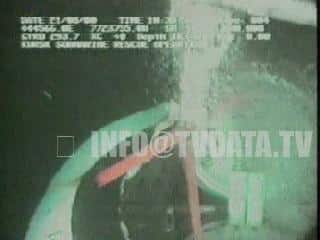
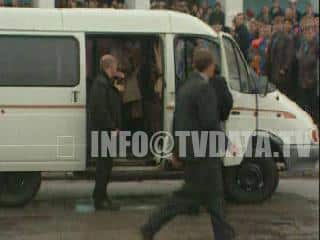
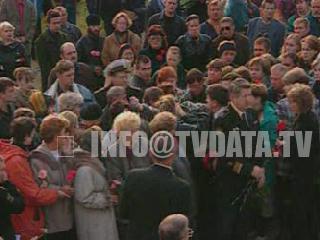


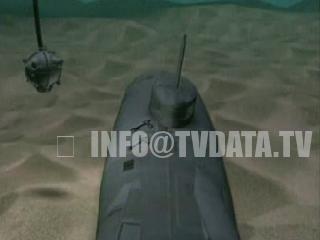

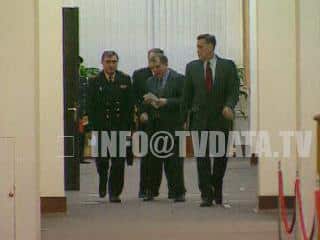
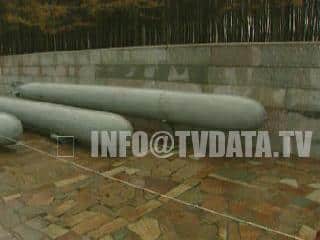
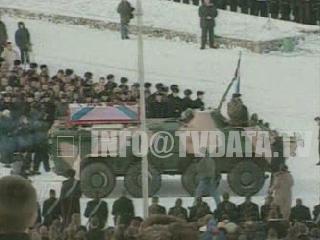
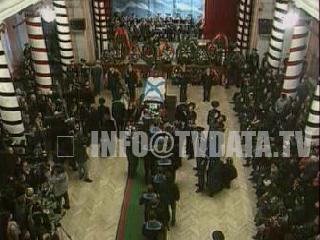
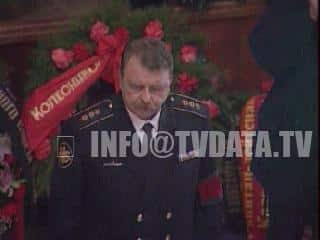
The funeral of the Kursk submarine crew was a profoundly somber and significant event. It marks a tragic chapter in maritime and Russian history. The Kursk, a Russian nuclear submarine, suffered a catastrophic accident on August 12, 2000. This happened during a naval exercise in the Barents Sea. This accident led to the loss of all 118 crew members onboard. This incident stands as one of the most devastating peacetime submarine disasters. It necessitated a military funeral for the crew.
Historic and poignant footage captures the funeral and memorial services for the 118 crew members lost in the Kursk submarine disaster (August 12, 2000). This emotionally powerful material shows Russian naval officers, grieving families, and state dignitaries honoring the victims with military rites. The flag-draped coffins and public mourning ceremonies are deeply moving. The K-141 Kursk, an Oscar-II-class nuclear submarine, sank during a training exercise in the Barents Sea after an onboard explosion. This resulted in one of the worst peacetime submarine tragedies in history, marked by a military funeral.
Historic archival footage documenting the aftermath of the K-141 Kursk nuclear submarine disaster in August 2000. Scenes include solemn military funerals for the 118 sailors lost, with flag-draped coffins, Russian naval honor guards, grieving families and widows, and state dignitaries paying tribute. The material captures the deep public mourning and the ceremonial rites that marked one of Russia’s most tragic naval catastrophes.
A24_K-141 Kursk and other Oscar-II-class submarines at sea
Supplementary sequences highlight the Oscar-II-class submarine type: massive, double-hulled vessels designed for long-range patrols and anti-carrier missions, central to the Russian Northern Fleet. Tape A24 features the K-141 Kursk and other Oscar-II-class submarines at sea, captured before the 2000 disaster. These imposing, double-hulled nuclear vessels are shown cruising on the surface and submerging in Arctic waters. Designed for long-range patrols and anti-carrier operations, the Oscar-II class represented the backbone of the Russian Northern Fleet during the late Cold War era.The Kursk’s sudden loss during a Barents Sea training exercise—caused by a devastating onboard explosion—remains one of the worst peacetime submarine accidents in naval history.
This emotionally powerful footage is ideal for use in documentaries, news retrospectives, and educational productions examining Russian naval history, submarine technology, Cold War military legacies, and the human cost of maritime disasters.
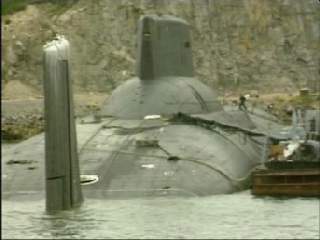
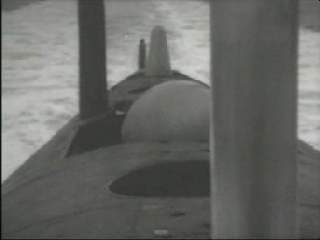

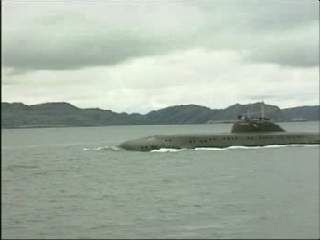
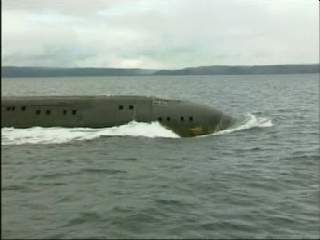
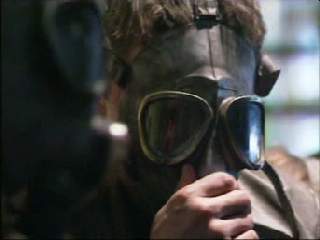
Kursk submarine, K-141, Oscar-II class, Russian Navy, Barents Sea, 2000 disaster, military funeral, naval officers, state mourning, Russian history, Cold War submarines, archival footage.
Archival news footage on Kursk submarine
This footage captures the national mourning, military honors, and grieving families as Russia bid farewell to its fallen heroes. The visuals include processions, memorial services, and the dignified burial of crew members. These scenes reflect both the scale of the tragedy and the resilience of those left behind. This is clearly evident during the military funeral.
Ideal for documentaries, historical retrospectives, military programming, and news features, this material offers a powerful glimpse into a pivotal moment of maritime history, human sacrifice, and Cold War-era submarine technology.
Inside the Kursk Submarine – Crew at Work (Pre-2000 Disaster)
Rare archival footage from within a Russian Oscar-II class nuclear submarine (K-141 Kursk). The scene shows naval officers and sailors in blue uniforms at a control panel room, surrounded by illuminated switches, monitors, and dials. One officer sits at the central console operating controls, while others stand nearby observing the displays and instrumentation.
